GRE, GRV, GRP Integrated connections
1″ upto 48″
25 to 1200 mm
1 to 240 bar
1500 to 150,000 Pascal
30,000 pieces per year
BKA GRP Industries developed FLOW BOND® pipe and fitting systems to perform under the most corrosive and demanding conditions relating to the offshore environment.
The FLOXY® series default joining system is tapered bell & spigot and has tapers with a nominal angle of 2.1/2 or 1.3/4 degrees depending on the pipe nominal diameter. It is bonded by an amine-cured epoxy adhesive. Alternative joints including straight bell & spigot, coupling, nipples, and flanges (on demand)
FLOW BOND® pipefitting series is one of the most advanced products of BKA CO. It is manufactured according to the highest standards in line with international industrial specifications and demands.
FLOXY Series fitting includes 45°, 22. 1/2 °, 90° elbows, equal tees, reducing tee, concentric reducer, and eccentric reducer with adhesive-bonded bell.
The same process, materials, and methods as the pipe system manufacturing are applied to the production of fittings. The thickness of the fitting liner is equal to or greater than the pipe itself.
FLOW BOND® pipeline fittings are delivered according to the following international standards:
• Standard for fiberglass pipe design AWWA C950-M45
• Standard for fiberglass pipe design used in oil and gas industry ISO146992
• High-pressure pipe and fitting specifications API 15HR
• Polyester pipe and fitting specification DIN 16965
• Standard for flange drilling ASME & ANSI & DIN
To enable connections with steel and allow for easy assembly and disassembling of process lines, pipes and fittings can be supplied with flanges, drilled according to ANSI, BS, DIN, or other specifications. In addition, special requirements can be met upon request.
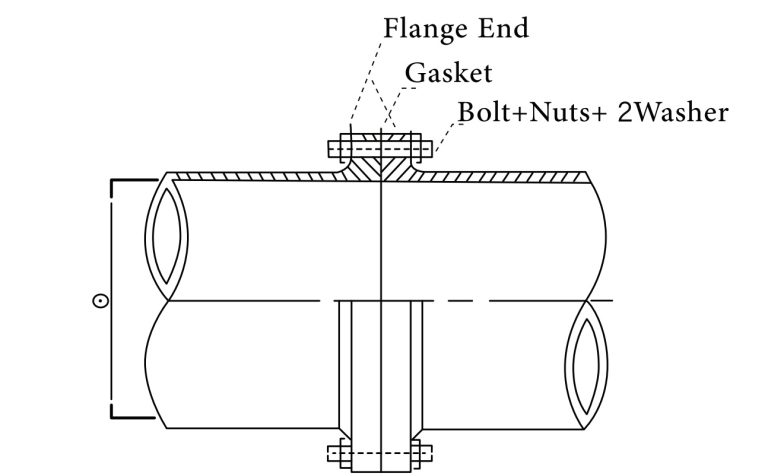
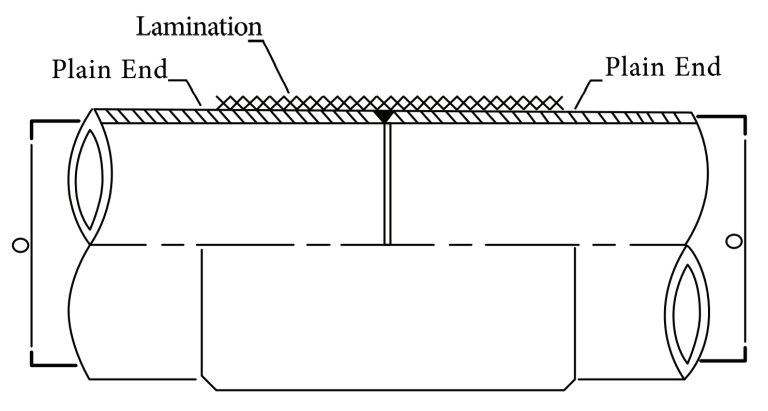
In general, these joints will only be used for diameters over 300mm. The preparation of this rigid joint requires good craftsmanship.
This type of joint consists of an integral filament wound socket end and a machined spigot end. The O-ring seal is positioned on the spigot end. The locking device is inserted through an opening in the socket end. It fits in a circumferential groove on the inner side of the spigot end and rests against a shoulder on the socket end. The rubber seal lock joint allows for some axial movement as well as a certain angular deflection.
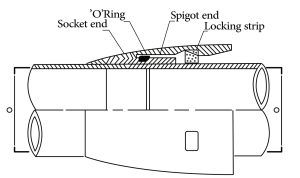
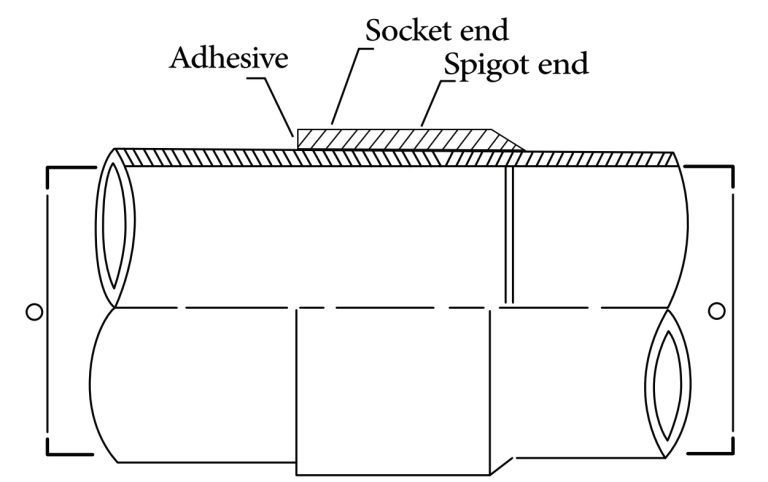
Pipes are produced with integral socket, and spigot ends. The ends are slightly tapered. The inside of the socket matches with the outside of the machined spigot. The two components of adhesives, namely epoxy resin and hardener, are supplied in appropriately sized cans with the correct mixing ratio.
The socket end of this joint is an integral filament wound part of the pipe with a rubber ring sitting in a groove built. The Spigot end is a machined part on which the O-ring seal is positioned. The flexible joint allows for axial movement of the spigot in the socket.
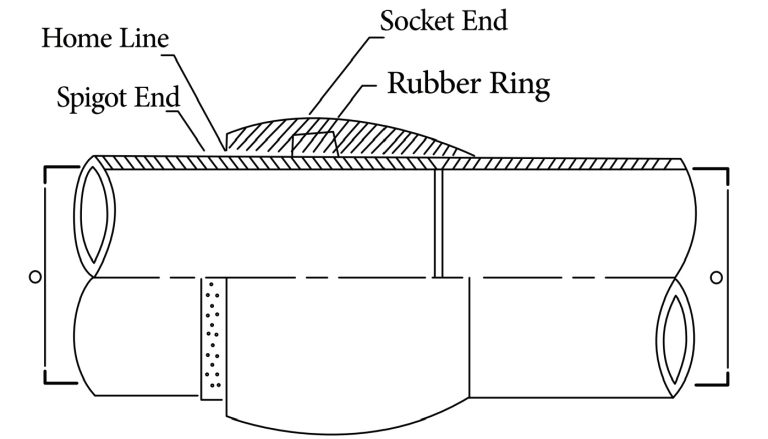
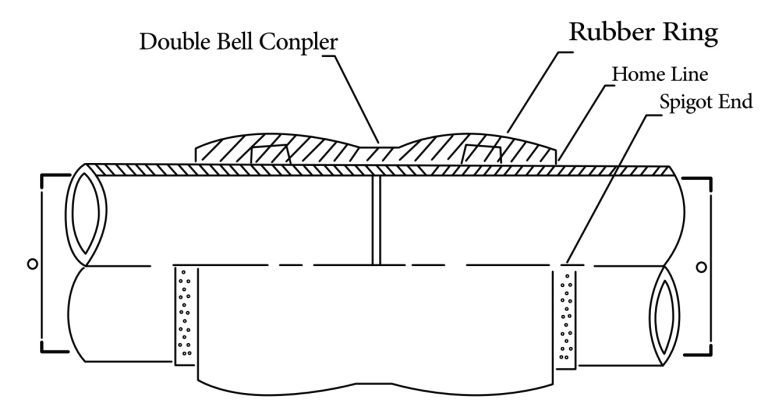
Short pipes are joined using double bell coupling. The sealing of the joint is achieved by the compression of two electrometric rubber gaskets when the joint is assembled.
...............................................................................................................................................................................................................................................................
...............................................................................................................................................................................................................................................................
TehranOffice
No.23, 19th St.,South Gandhi St.,
Vanak Sq.,Tehran, IRAN
Factory
NO.6 Sanat,Sanat Square,
Caspian industrial town,25 km of
Tehran-Qazvin
freeway,Tehran,IRAN
info@bkagrp.com
phone
+98(21)88661485
info@bkagrp.co
phone
+98(21)88661485